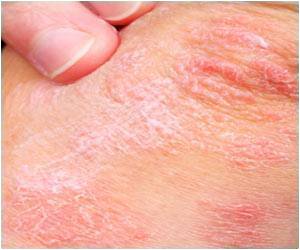
"These findings show that it’s not only possible but critical to continue or begin physical therapy in adolescence," said Francisco Valero-Cuevas, corresponding author of two studies on the matter – one appearing in the Journal of Neurophysiology and the other in the Journal of Neuroscience.
"We find we likely do not have a narrow window of opportunity in early childhood to improve manipulation skills, as previously believed, but rather developmental plasticity lasts much longer and provides opportunity throughout adolescence" he said. "This complements similarly exciting findings showing brain plasticity in adulthood and old age."
Researchers had previously been able to detect improvements in fine motor control of the hand only until around age eight to 10; however, Valero-Cuevas—a professor of biomedical engineering and of biokinesiology and physical therapy—invented a tool that allows for more precise measurement of fine motor control.
The tool is simple – springs of varying stiffness and length set between plastic pads which he has patented. Motor skill is then determined by individual’s ability to compress the increasingly awkward spring devices. Sudarshan Dayanidhi, during his PhD studies at USC with Valero-Cuevas, developed and applied clinically useful versions of this technology with great success.
With this new tool, and in collaboration with Åsa Hedberg and Hans Forssberg of the Astrid Lindgren Children’s Hospital in Stockholm, they tested 130 children with typical development between four and 16 years of age, and demonstrated that even the 16-year-olds were continuing to hone their fine motor skills. Their findings will appear in the Journal of Neurophysiology on Oct. 1.
Advertisement
It has long been thought that improved dexterity involved only brain development and muscle growth– where muscles only got bigger and stronger, but did not add to dexterous skills since they are performed at low forces. The research by Dayanidhi, Kutch and Valero-Cuevas indicates otherwise.
Advertisement
This second facet of the research showing how both dexterity and muscle function improve in children will appear in the Journal of Neuroscience on Sept. 18.
Source-Eurekalert









